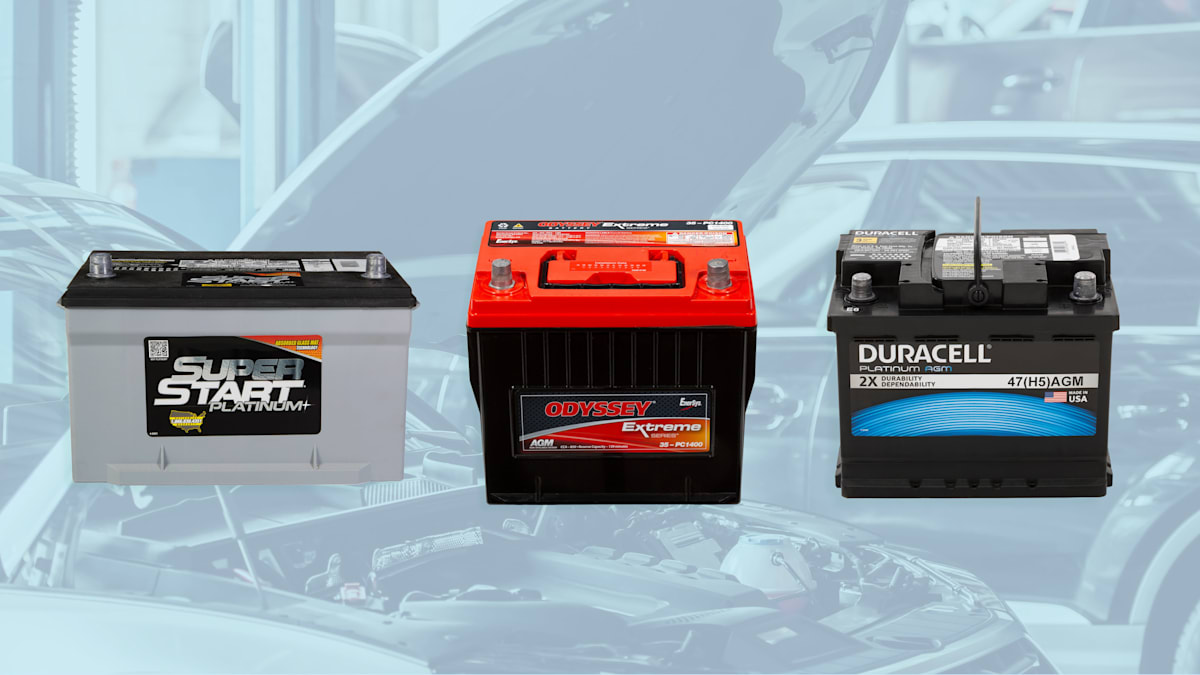Our tests are tough by design. We charge and discharge the batteries 180 times while in a 167º F water bath to simulate temperatures under a car’s hood and find out how long they’ll last. Then we put them in a freezer to see how they’ll perform at 0º F, and we track how long they’ll last if you leave your car’s headlights on or the charging system fails.
Many factors impact battery life, with weather being one of the most significant. (While batteries typically fail in cold temperatures, hot temperatures cause degradation.) That’s where our extreme testing can separate the promising batteries from those that come up short.
Many of the highest-scoring batteries use pricey absorbed glass mat (AGM) technology to create their power. They’re known for having a long service life and being able to tolerate deep discharges—when the battery has been significantly drained to 10.5 volts or below, such as when the lights are left on overnight. But some top-rated lead-acid batteries cost less than many of their competitors, says Paolo Fu, who oversees testing of car batteries at Consumer Reports.
“Price doesn’t necessarily mean better performance,” Fu says. “We’ve got some less expensive batteries in our ratings that score very well.”
Below you’ll find the top-performing battery in each category we test. You’ll also find information on how to know which type of battery your car needs and tips for buying a replacement battery.
Source link
-
-
-
-
-
-
-
-
